Table of Contents
Rotational feeding for dogs is based on regularly switching your dog’s food to provide nutritional variety. Rotating the sources of macronutrients (protein, fat, fiber) gives dogs a better chance at balanced nutrition. Rotational feeding exposes dogs to a variety of nutrients, as well as scents, flavors, and textures. It can easily be done with any type of diet, from raw food to kibble. Sources of protein and fat should be rotated the most, as that’s where dogs need the most variety.
With over 90% of dog owners relying on commercial food to feed their canine companions, a steady diet that never changes has become the norm. Under the influence of a multi-billion dollar pet food industry, we’ve slowly adopted the belief that regularly switching up our dog’s food is unsafe. A steady commercial diet that never changes, we’ve been told, is the safest option.
Rotation diets, therefore, fall into the category of so-called “alternative diets,” even though dogs have a digestive system specifically adapted to constant dietary changes. Kibble has only been around since the 19th century, while dogs have been living as human companions for thousands of years. And yet, we fear variety today far more than we fear its absence.
This article highlights the pros and cons of rotational feeding and guides you through a diet plan that returns diversity to your dog’s daily meals.
Benefits of Rotational Feeding for Dogs
Nutritional variety
This benefit has the greatest impact on your dog’s health and fitness. Commercial diets claim to be nutritionally complete, but research shows otherwise. A study published in 2009 compared pet food labels with the actual nutritional analysis, checking the nutritional content of 2208 commercial pet foods from 204 companies. They found discrepancies between the nutrient analysis they conducted and the analysis provided on the label, with consistent differences in crude protein, fat, and fiber content.
When dogs eat the same nutritionally imbalanced diet every day for many years, they never get the opportunity to receive the appropriate nutrients from other sources! This can have long-term effects on their health and fitness. When feeding a commercial diet, rotating dog foods every few months (making sure we’re switching their protein, fat, and fiber sources) can balance out the scarce nutrition of any single dry or canned food. A diet abundant in nutrients lowers the chances of deficiencies!
Enriched microbiome
Gut microbiome is the “command center” of approximately 80% of immune functions in the canine body. When the microbiome lacks diversity, the immune system is significantly weakened. The composition of the gut microbiome is largely dependent on the dog’s diet, with protein and fiber having the most influence.
A diet that never changes can only provide a limited amount of healthy bacteria! Providing the gut with more diversity through rotational feeding builds its resilience and speeds up regeneration. The health and diversity of the gut microbiome are also connected to neurological health, affecting the dog’s anxiety and aggression levels.
Adaptability to existing nutritional needs
Age, size, breed, activity, and stress levels all influence your dog’s nutritional needs. Those needs are constantly changing, and the diet needs to change with them. You might have a high-energy young dog that competes in agility and gets an injury that requires an operation with eight weeks of rest. In a very short time, your dog’s dietary requirements changed drastically, from a high-calorie diet providing a ton of energy to a lower-calorie diet with ingredients that promote joint regeneration.
If you’re practicing rotational feeding, you can make the dietary switch immediately without much concern about an upset stomach. You can immediately adapt the diet to align with your dog’s needs in the present moment. Dogs not fed rotationally will have a harder time with the change, which may discourage the owners from changing the diet altogether, potentially causing weight gain and further damage to the joints.
Lower chance of allergies and food intolerances
Allergies and food intolerances are a sign of an overactive immune system directly connected to the health of the gut microbiome. Exposing dogs to different types of food can strengthen their immune system and so lower the chances of allergic reactions.
This is especially important for puppies! Good breeders practice rotational feeding for puppies, knowing that exposing the pups to different sources of protein and fat is as important for their healthy development as exposing them to different environments, sounds, people, and animals. Their young immune system needs to be strengthened through diverse nutritional experiences!
Healthier appetite
A healthy appetite is a sign of a healthy dog. When dogs stop eating, we have every reason to be concerned. Dogs are drawn to food through smell, and it’s not uncommon for food that always smells & tastes the same to lose its appeal over time. Rotational feeding can gradually increase the appetite of dogs disinterested in food and those labeled as “picky eaters.” Offering variety in meals is also beneficial for dogs who have lost their appetite due to an illness. Having options can increase their appetite and expose them to the nutrients they need to get better.
Can Rotational Feeding Have Negative Outcomes?
There are very few cons of rotational feeding, but they are possible. Dogs that already have food intolerances or allergies can initially have flare-ups when introduced to new ingredients or brands of food. They need to be introduced to new foods very slowly, over a longer period of time, as you take note of how they’re responding to the change.
Diarrhea is common in the first few days after trying new food, but a sensitive gut can completely reject specific ingredients, leading to vomiting and chronic diarrhea. Not all commercial foods have the same quality, so you might also unintentionally disrupt a healthy dog’s stomach by offering low-quality kibble.
Another disadvantage connected to allergies applies to younger dogs who eat rotationally and experience allergy symptoms. It is harder to pin down potential allergens on a diet that’s always changing. Your vet will likely recommend an elimination diet to figure out what exactly is causing your dog’s symptoms.
Dogs with allergies are not condemned to a lack of variety in their diet, but it may take a long time to learn which ingredients are safe for them. Same with dogs that are battling challenging diseases and have been prescribed a strict, individual veterinary diet specifically formulated for their condition. Changing a veterinary diet, whether homemade or commercial, can disrupt the dog’s recovery, especially if the diet has been a success so far.
Finally, there is a chance that your dog simply won’t like some of the things you offer on rotation. This can be an issue if you’re buying larger packages of kibble or raw meat, as you could spend a lot of money on something your dog ends up disliking. It’s best to purchase small amounts of newer foods, especially for fussy eaters!
How To Start Rotating Your Dog’s Food
Transitioning to rotational feeding can seem intimidating because we are convinced that only pet food brands know our dog’s exact nutritional requirements. We believe they have somehow figured out the perfect dietary equation, and any deviation from that inspires concern. Rotational feeding is natural. It’s aligned with the canine instincts and their omnivore digestive tract. There is truly no need to overcomplicate it or even make massive changes — you can start with the diet your dog is already eating. Raw, cooked, dehydrated, canned, kibble, grain-free … any diet can become rotational.
Homemade diets, raw or cooked, are usually rotational by nature. Most dog owners love rotating the fresh ingredients within their dog’s meals. If you’re not rotating at least the sources of protein and fat within your dog’s homemade diet, that is the best place to start. Rotate both lean meats and organ meats! Any time you’re introducing a new ingredient, do it gradually over the course of a few days. For homemade diets, both raw and cooked, rotating sources of macronutrients should happen at least every few weeks. Some dogs that are fully adapted to rotational feeding can handle rotations every couple of days, too.
Dog owners who feed kibble and canned food tend to stick to just one type, so transitioning to a rotation diet might be a longer process for their dogs. Look for commercial foods with different sources of protein, fat, and fiber and gradually introduce them into rotation. For commercial rotational diets, the recommended frequency of rotation is every 1-3 months. Anything less than that can be too disruptive for the digestive system.
It is also NOT recommended to mix different dog foods for rotational feeding! It’s okay for a couple of days as you’re introducing the new food, but beyond that, it should really be avoided. Commercial foods have specific nutritional analyses; mixing different types together can lead to an excess of certain nutrients, which can put too much strain on the organs.
To some extent, rotational feeding is an intuitive practice. Many dog owners report feeling a stronger bond with their dogs since becoming more involved in their diet. As you’re rotating foods and learning about canine nutrition, you’ll soon be able to spot the parallels between certain foods and your dog’s appetite, energy levels, emotional responses, and overall health.
Final Thoughts On Rotational Feeding
In 2002, veterinarian Helen M. Berschneider wrote a powerful piece for a veterinary journal on the paradox of alternative diets. “We have come to believe,” she wrote, “that pet-food companies have gathered the complete truth about everything possibly needed in the diet of the dog and cat. […] Shouldn’t we ask ourselves why, if that were actually the case, new and improved formulations keep coming forth? Why are certain ingredients, additives, or preservatives, proclaimed as the best one year, withdrawn from the formulation in subsequent years? […]
It is easier to let someone else determine what our pets should eat and put it in a bag or a can for us to dispense. Convinced that the companies supplying the pet foods have the best interest of our pets in mind and are doing a better job than the average pet owner or veterinarian could ever dream of doing. […] As veterinarians and pet owners, we have abdicated this responsibility for providing for their basic nutritional needs, turning it over to large corporations.”
Twenty years later, her words still ring painfully true. Chasing after the ideal of a “perfect diet,” many dog owners find themselves discouraged from making choices about their dog’s daily diet. Rotational feeding is a very simple way of gaining some of that control back and starting to deepen our knowledge of canine nutrition. This is especially important for people relying solely on kibble to feed their dogs. You may not be able to make a bigger dietary shift right now, but offering at least some nutritional variety is a good short-term investment into your dog’s long-term health.
Sources
Hill, C. Richard. Choate, J. Christina. Scott, C. Karen. Molenberghs, Geert. “Comparison of the guaranteed analysis with the measured nutrient composition of commercial pet foods.” 01/02/2009, AVMA.
Pilla, Rachel. Suchodolski S. Jan. “The Gut Microbiome of Dogs and Cats, and the Influence of Diet.” 05/2021, Science Direct.
Berschneider, M. Helen. “Alternative diets.” 02/2002, Science Direct.

Luna’s passion for learning about canine psychology and behavior began when she adopted a severely reactive puppy from a local shelter. She is now a big advocate for positive reinforcement and compassionate training. As a writer, she strives to spotlight the topics that fly under the radar and be the voice for all who cannot speak for themselves.

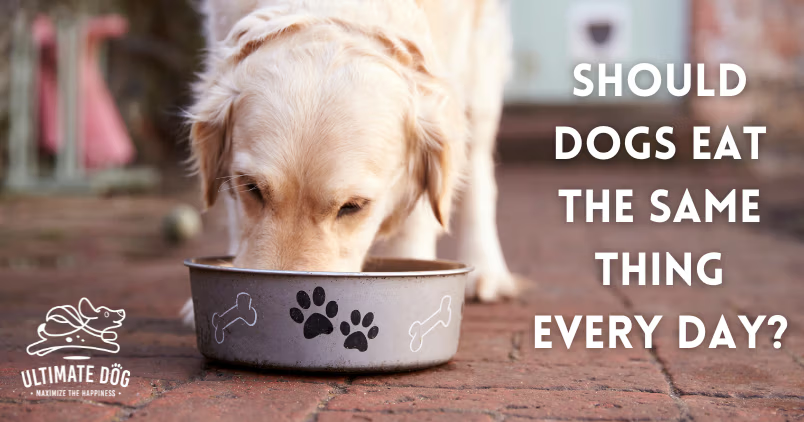
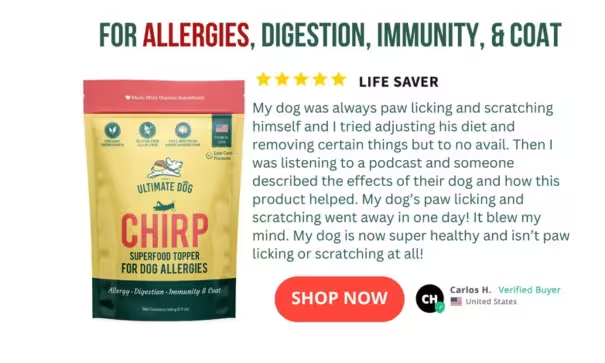









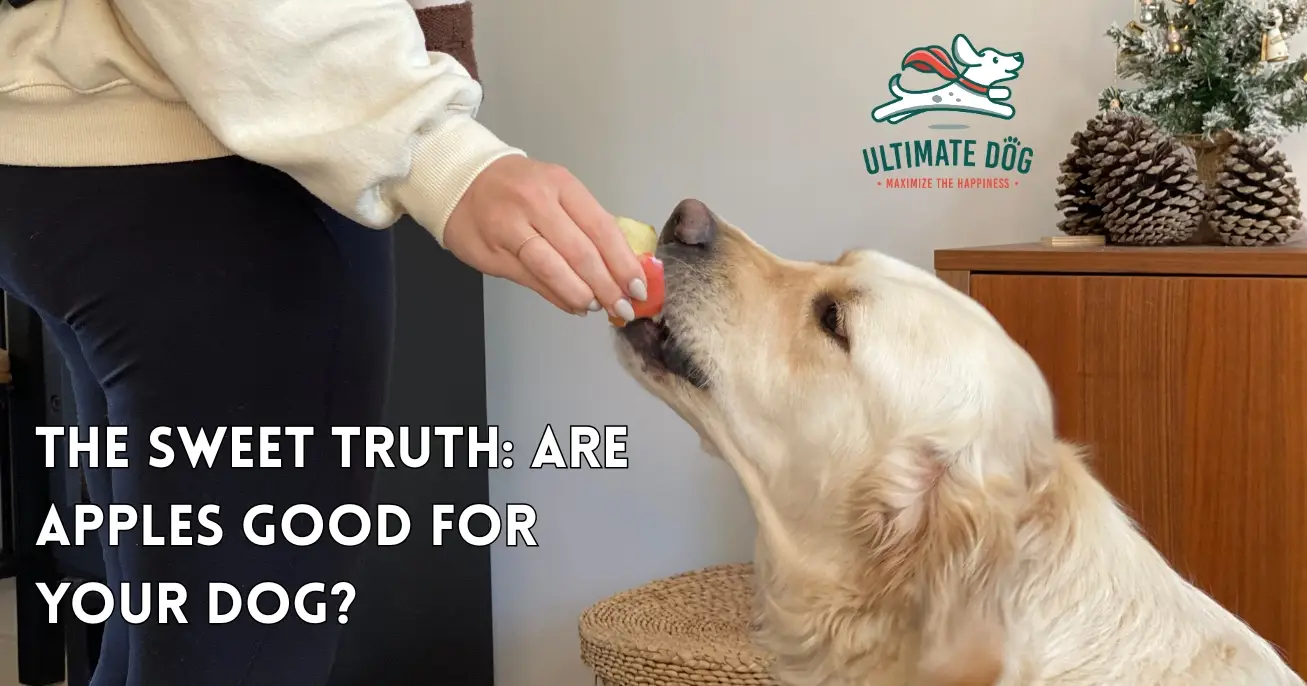
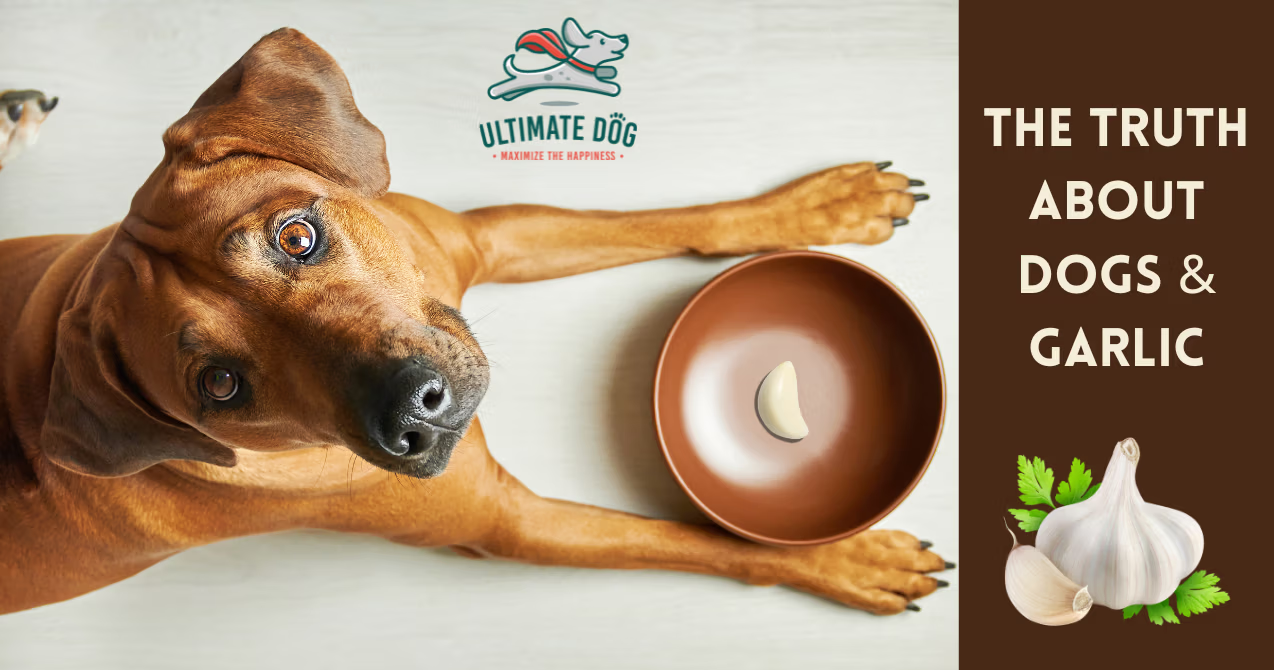
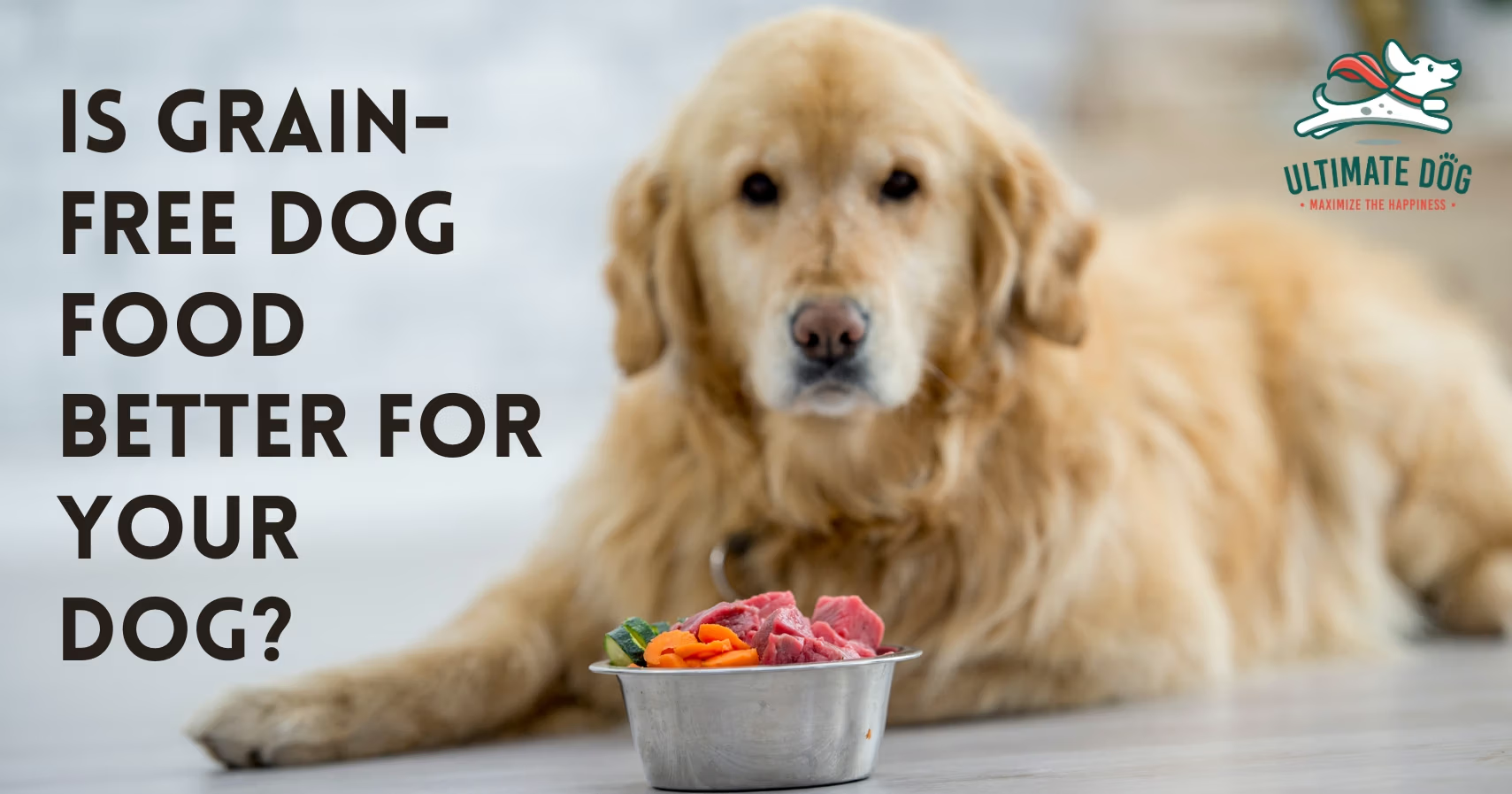

My mini schnauzer has had allergy issues since being prescribed a course of antibiotics as a two year old for a bad tummy bug. Shortly afterwards she contracted a bacterial yeast skin infection requiring antibiotic treatment again. She is now six years old and has always been fed a barf diet. Unfortunately she is now only able to tolerate kangaroo meat with added fruits, vegetables and crushed bone and offal which is a commercial reputable dog food( Big Dog Barf ) here in Australia. I am hoping I can at some stage feed her a variety of barf diets without her having an intolerant reaction. This article gives me some hope as well as your article on probiotics. My dog has lost a lot of weight on this diet as it is so low in fat and recently her licking and scratching has increased. I feel I have backed myself into a corner feeding one protein for a long time. Hopefully I will be able to vary her diet slowly as I’m running out of options.
I’m so pleased to have found your site and all the informative helpful articles.
.
Any advice would be greatly appreciated.
Thank you
Catherine